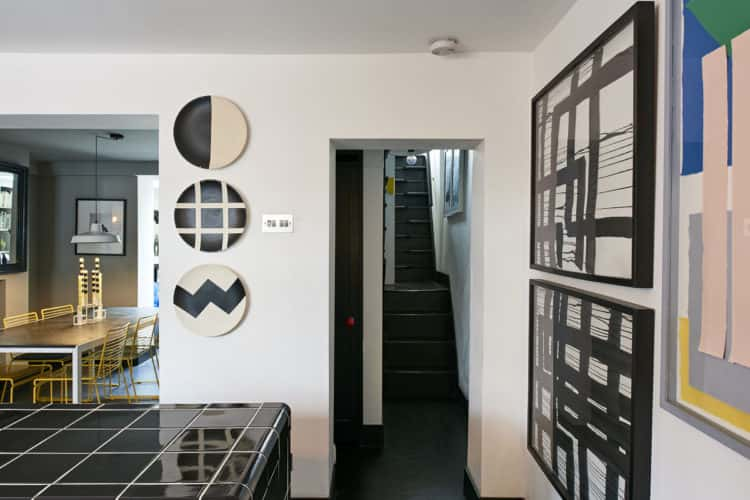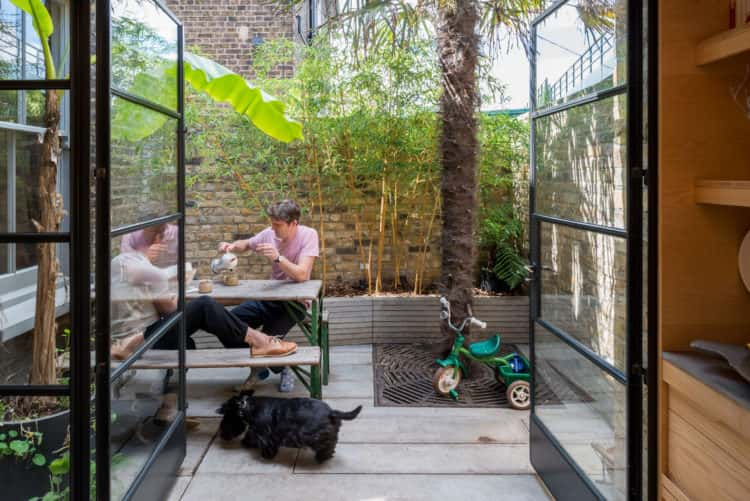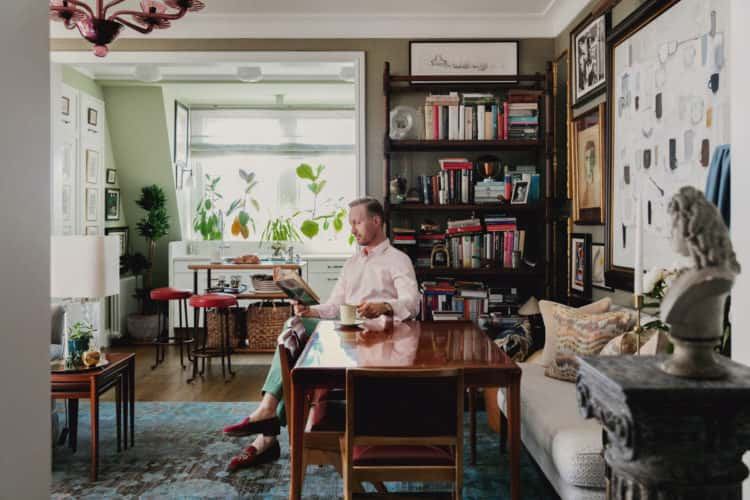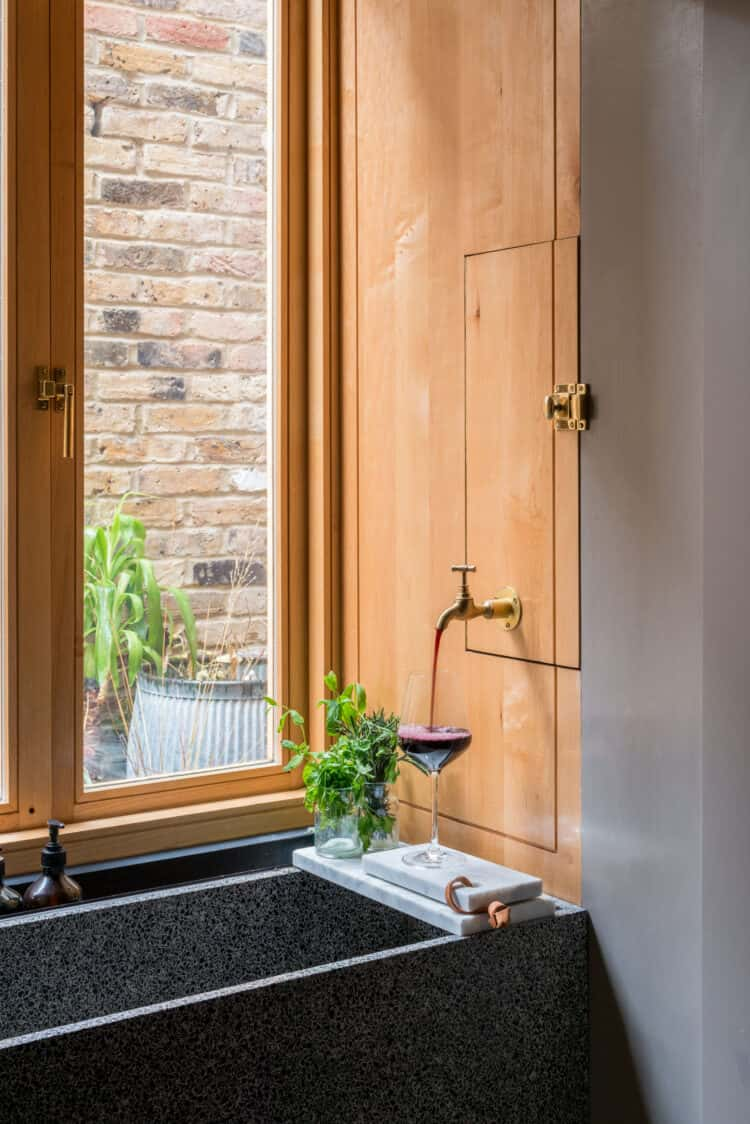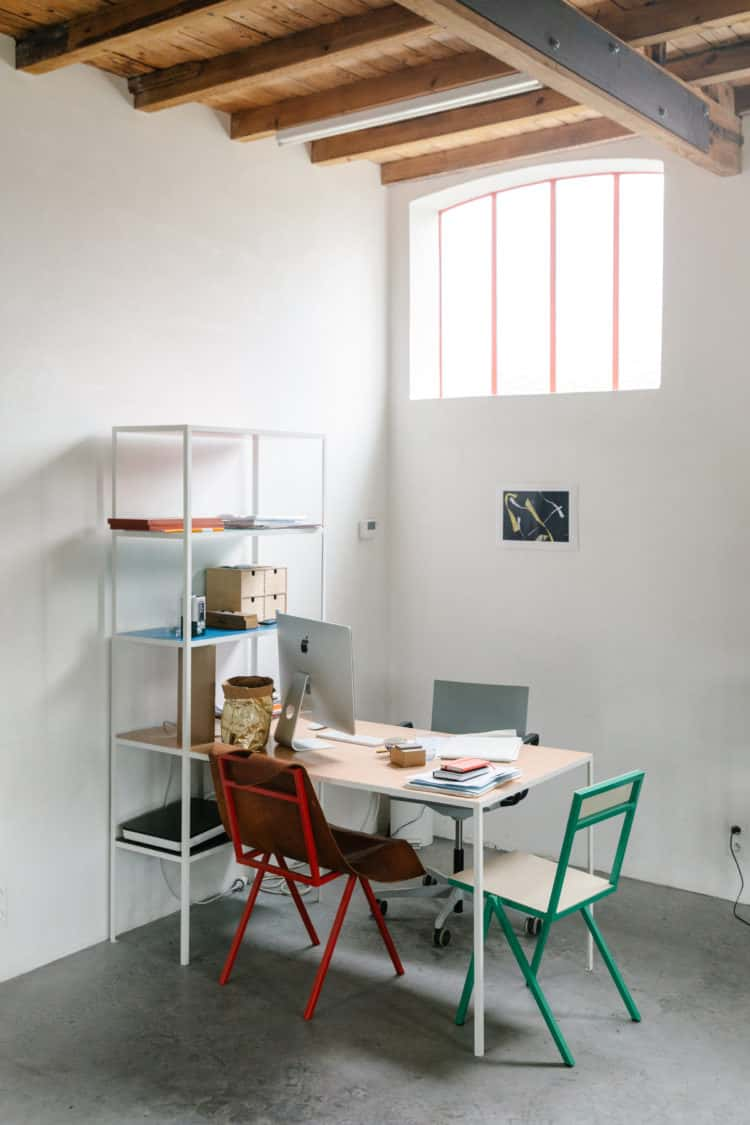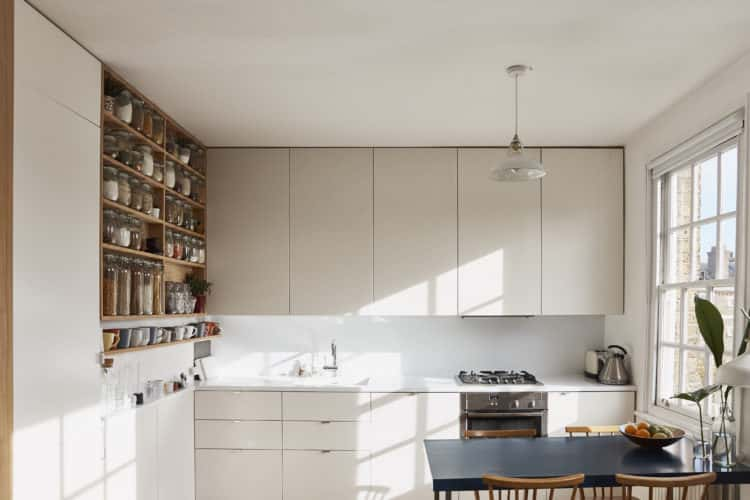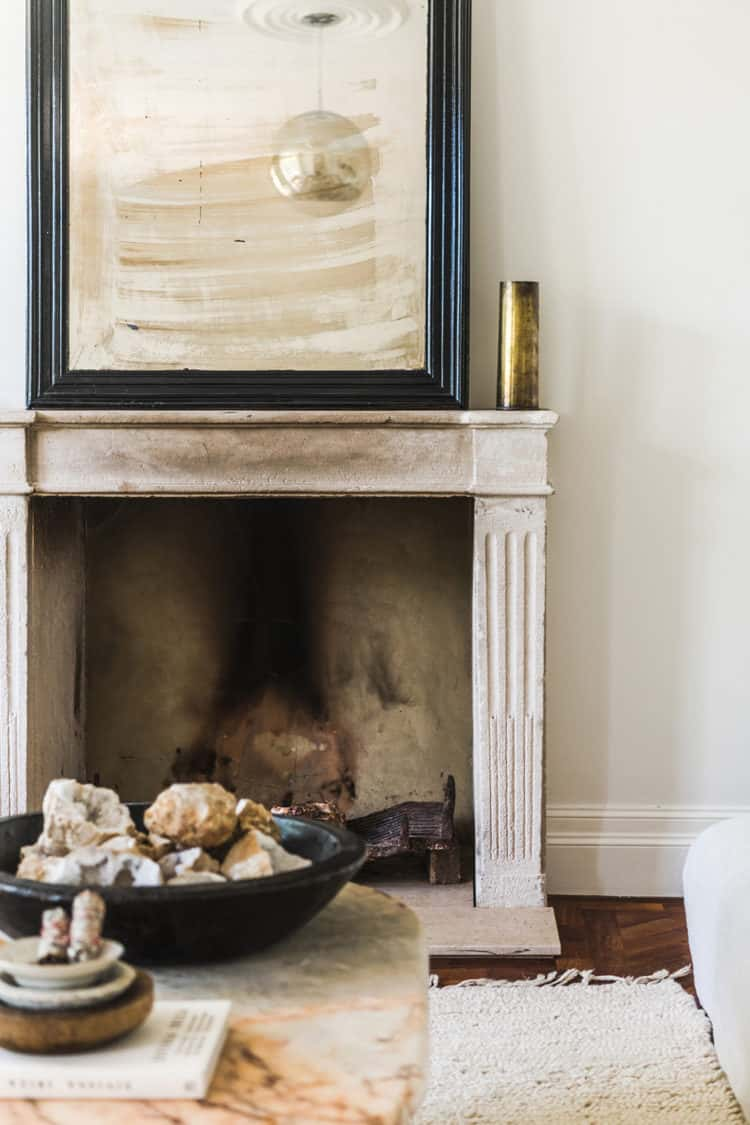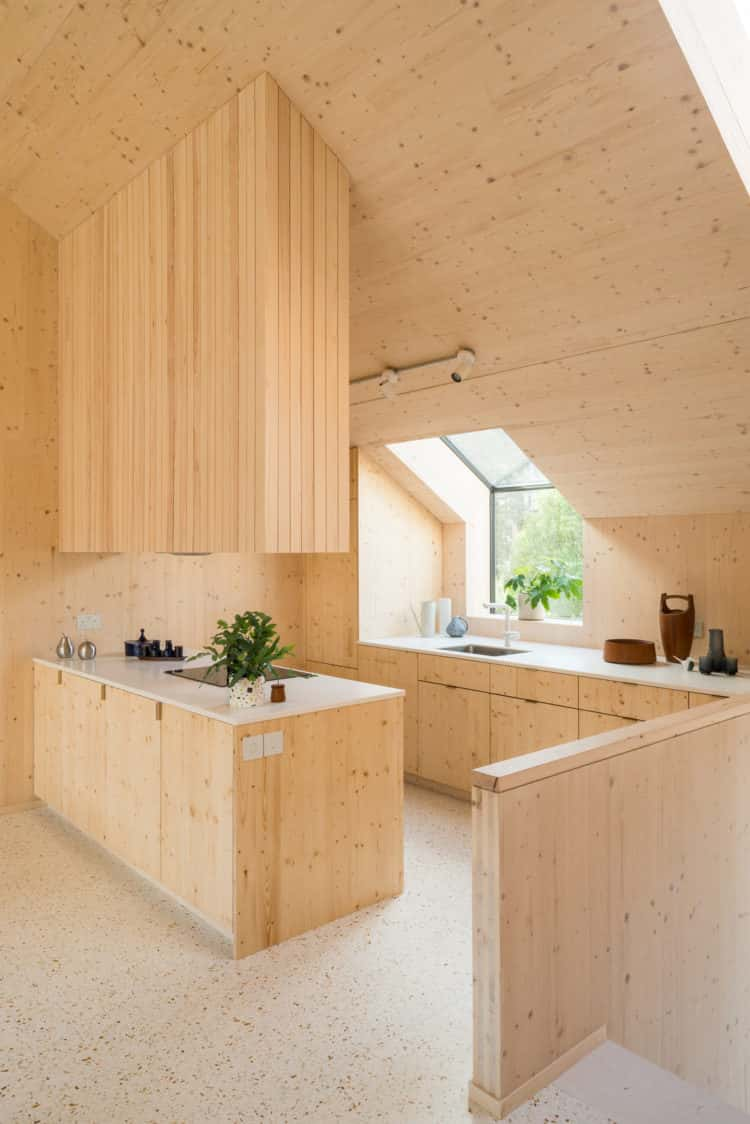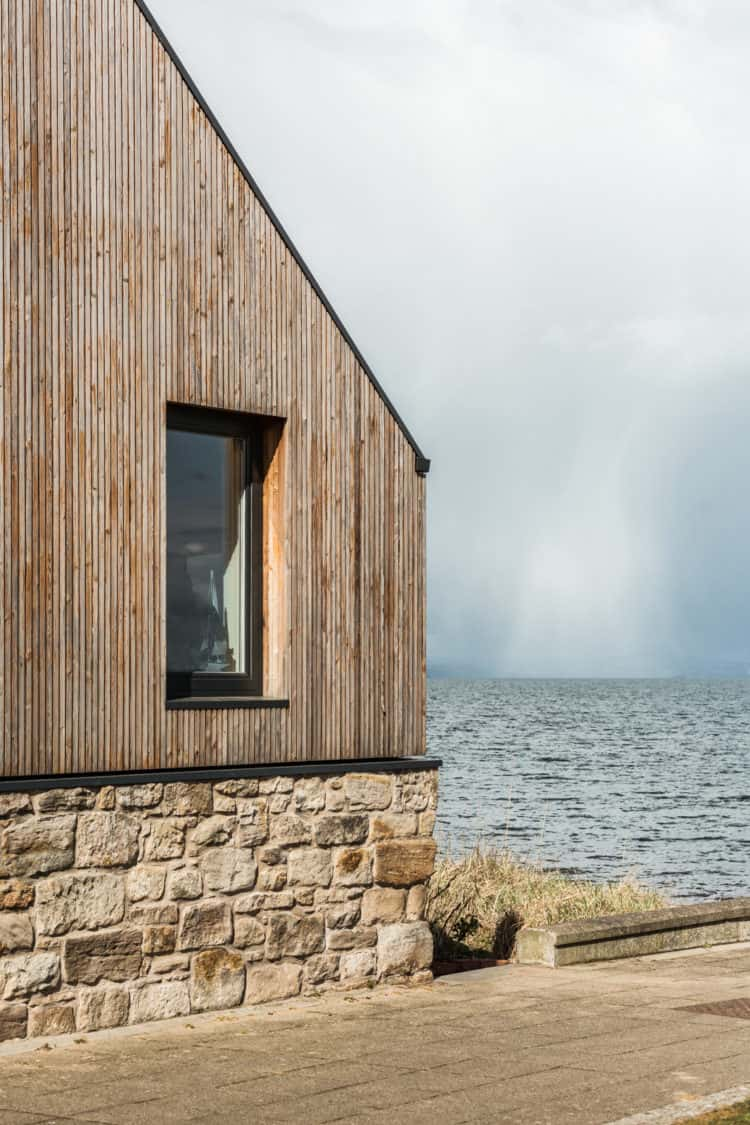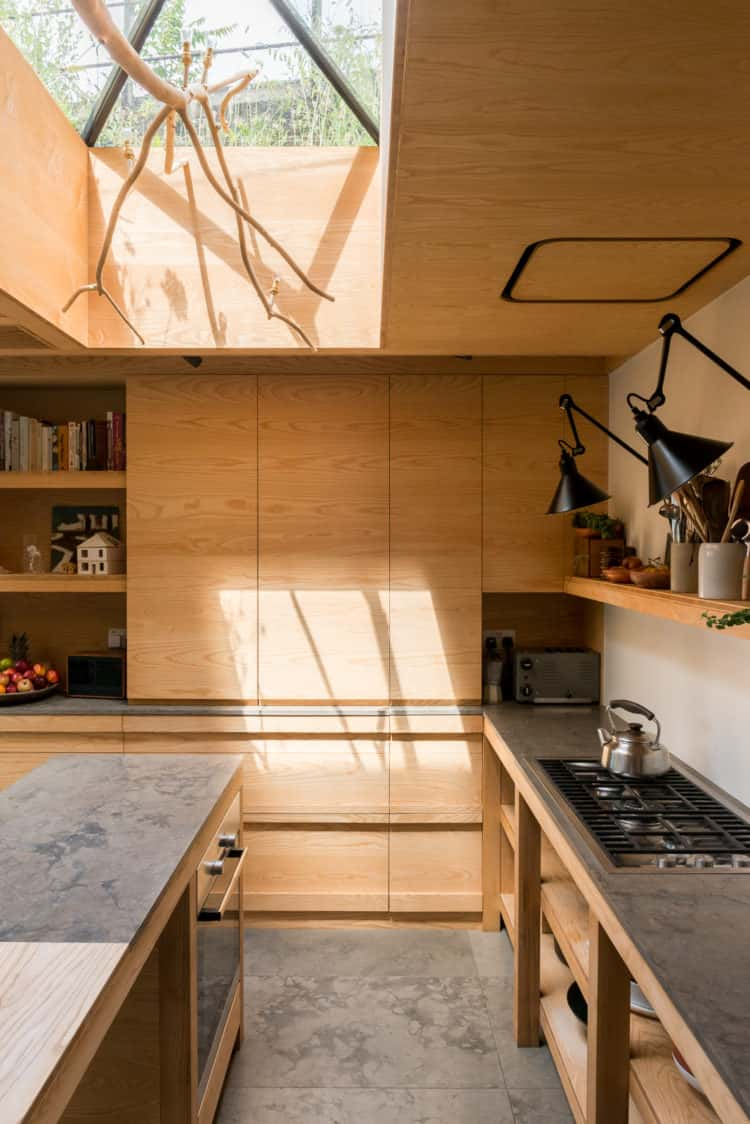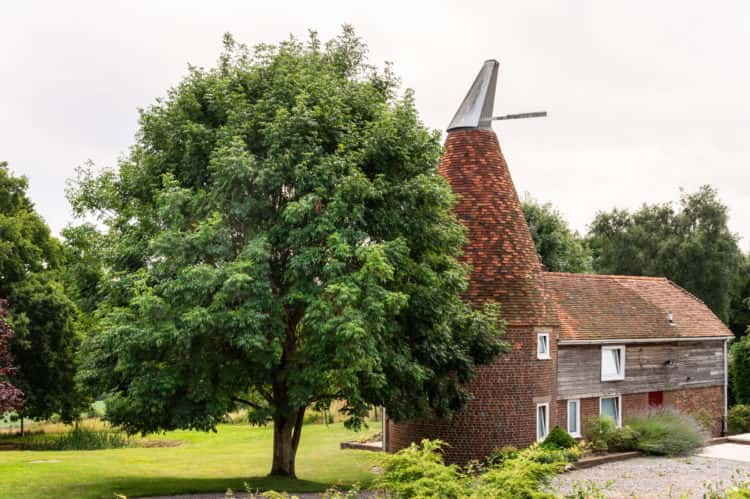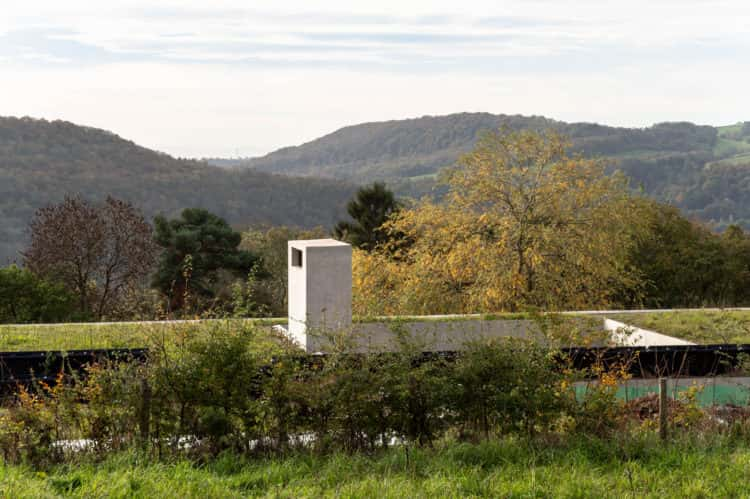Design Details: how to use pattern at home
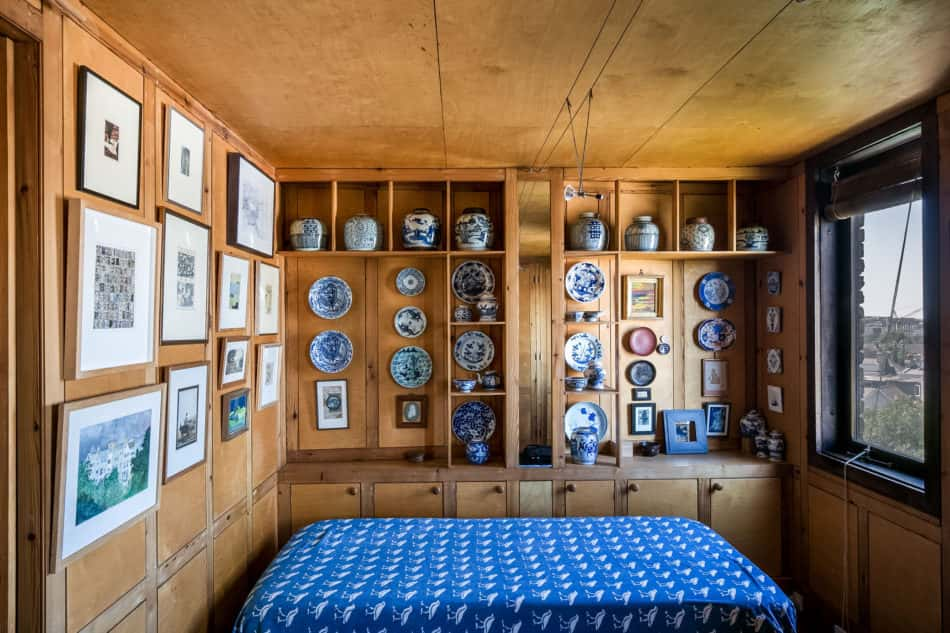
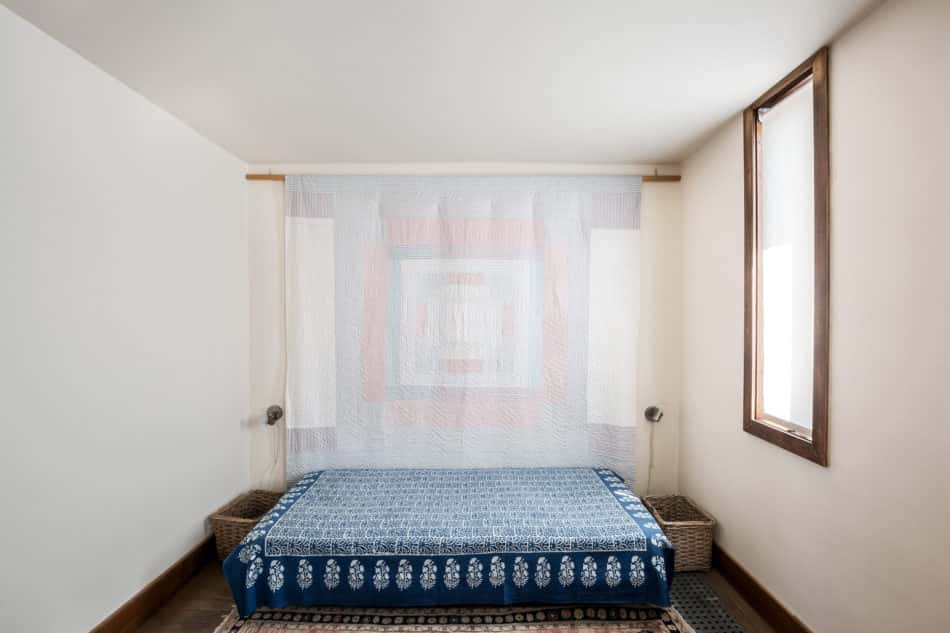
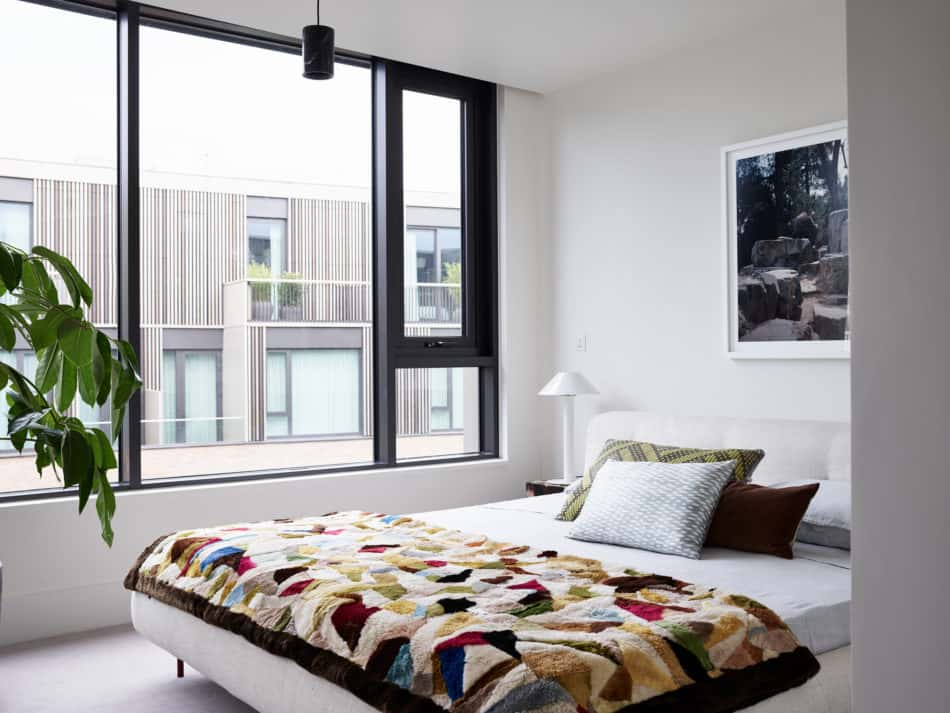
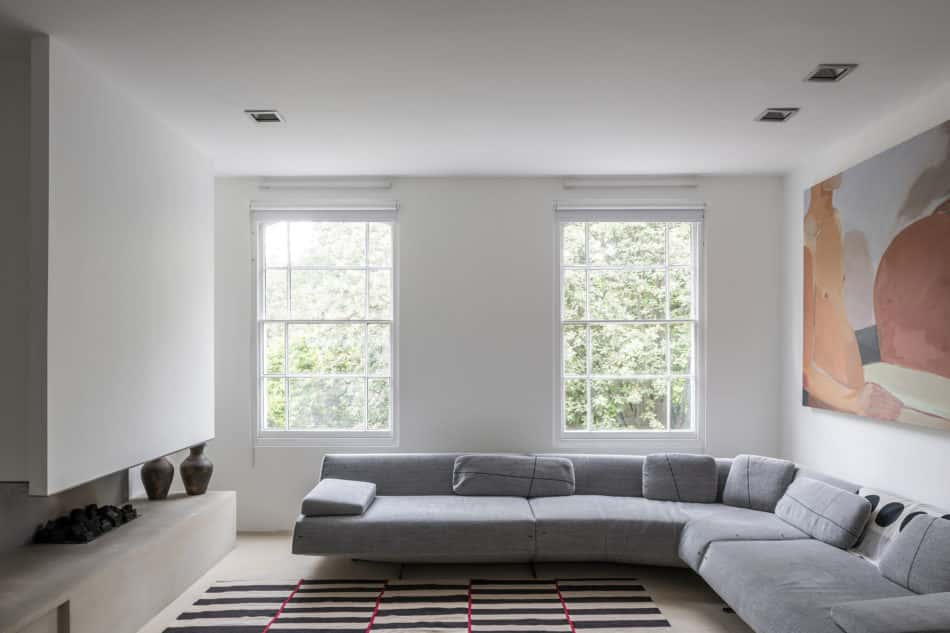
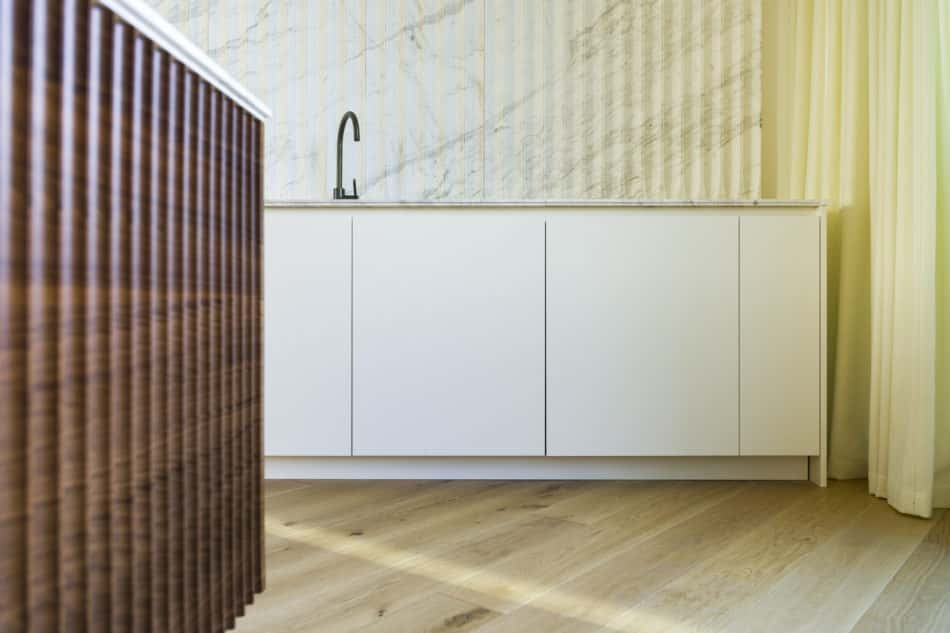
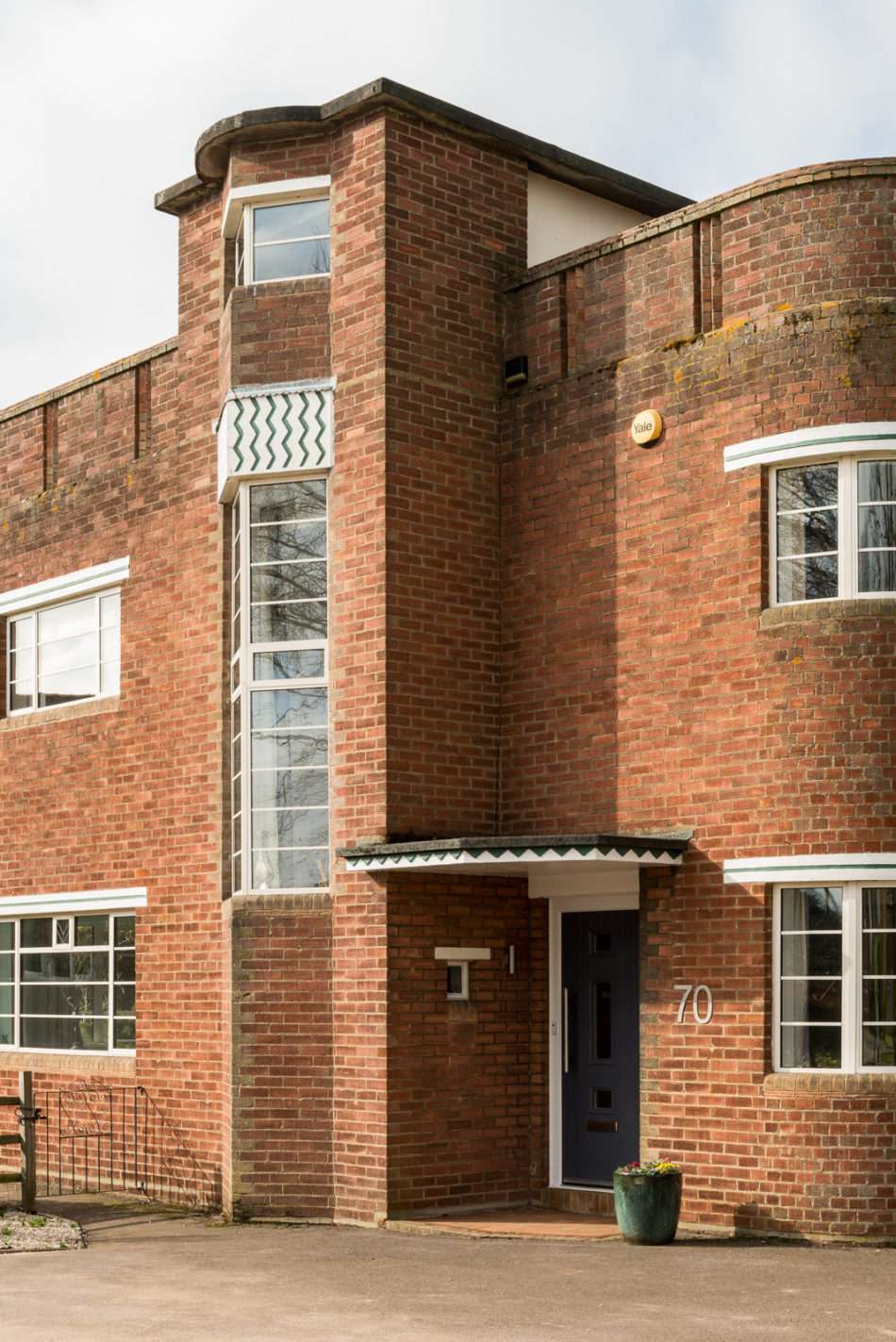
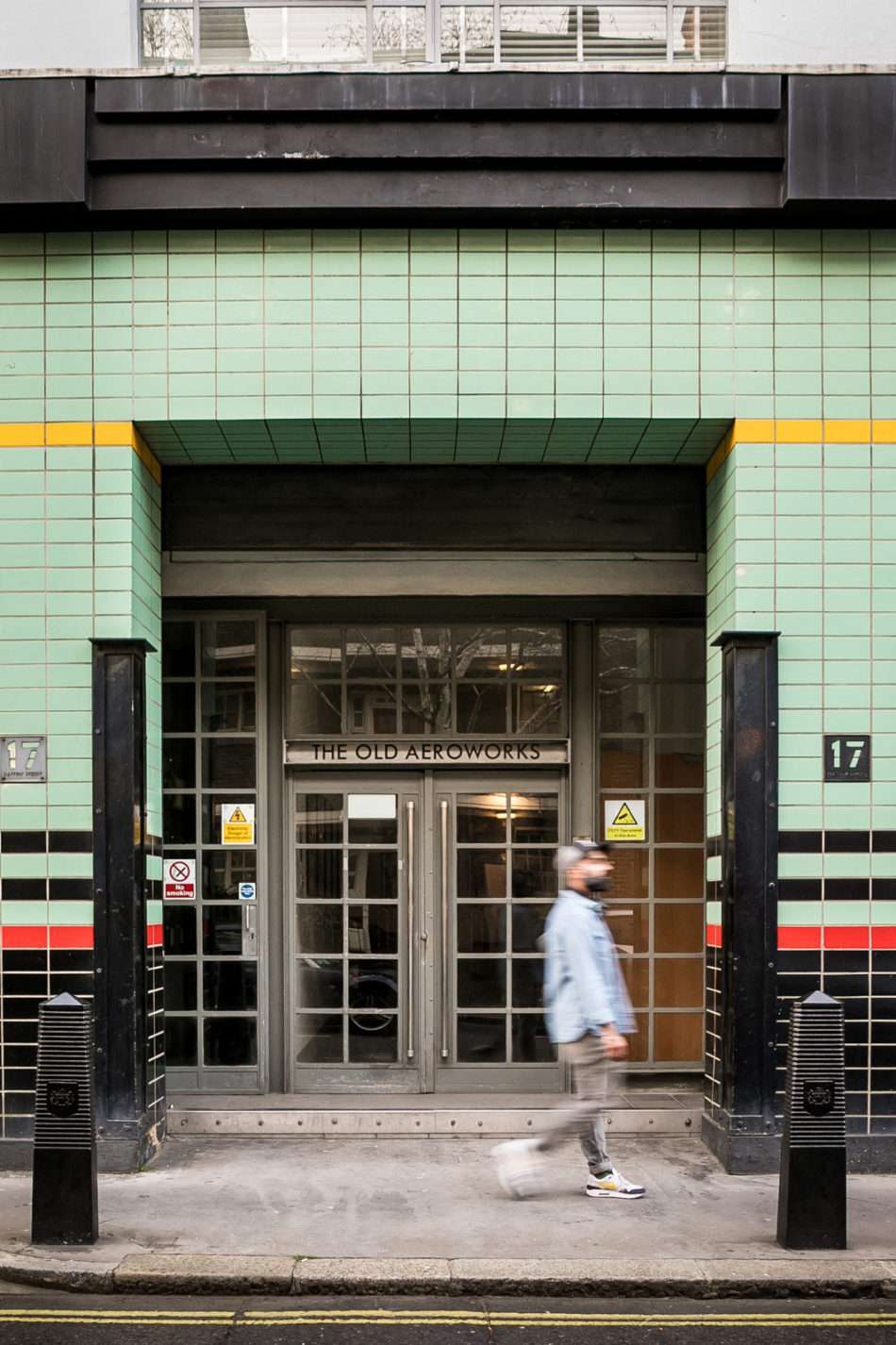
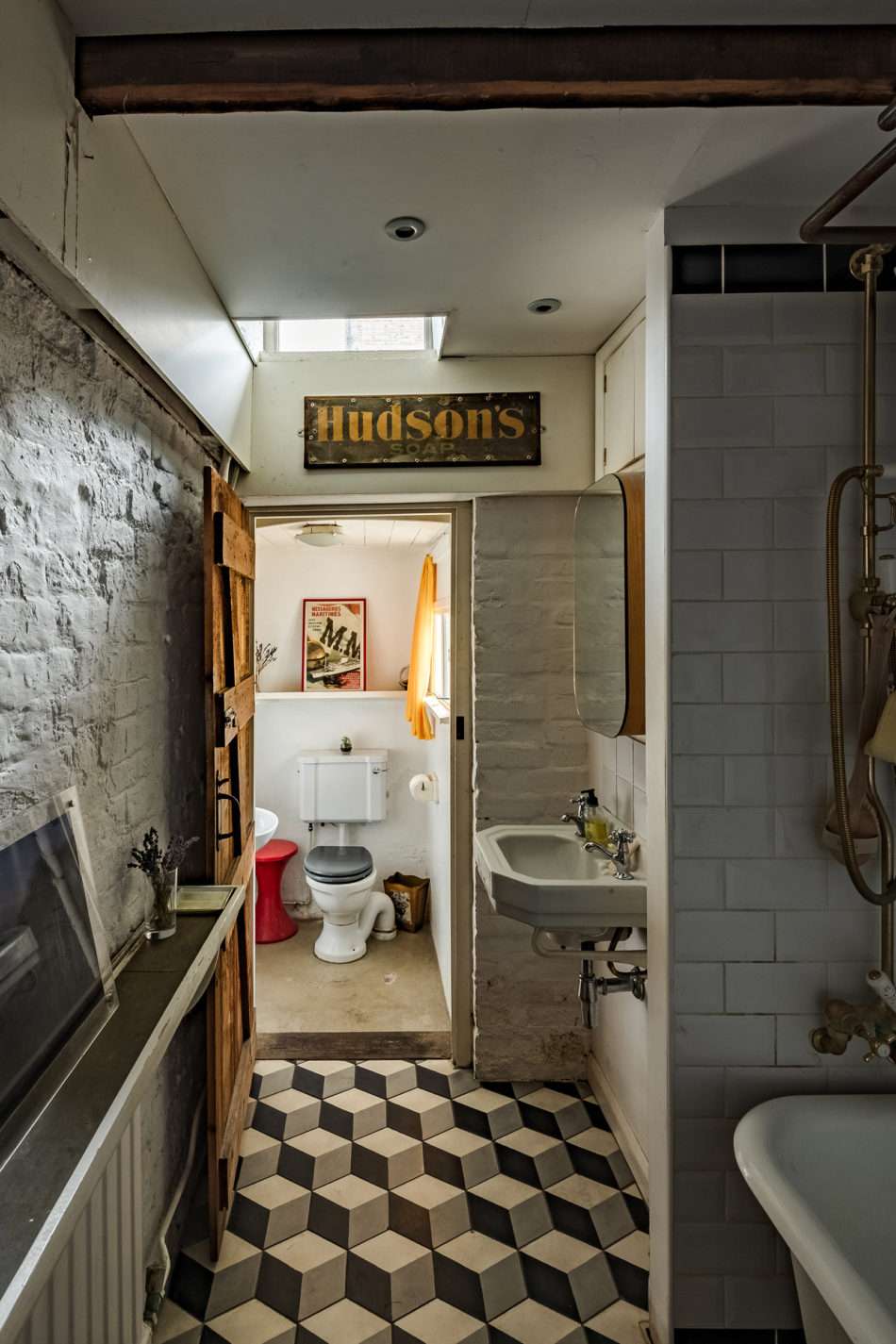
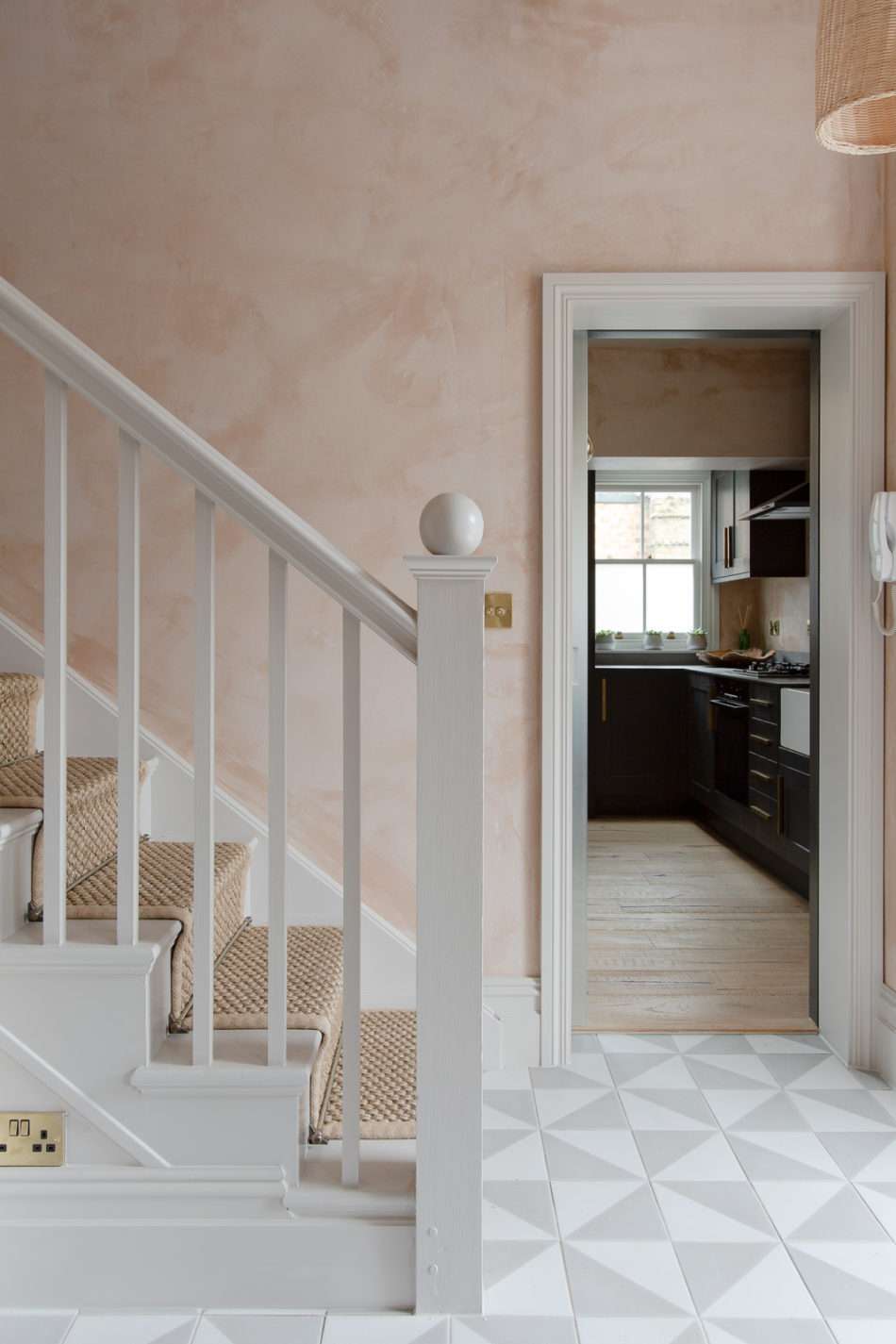
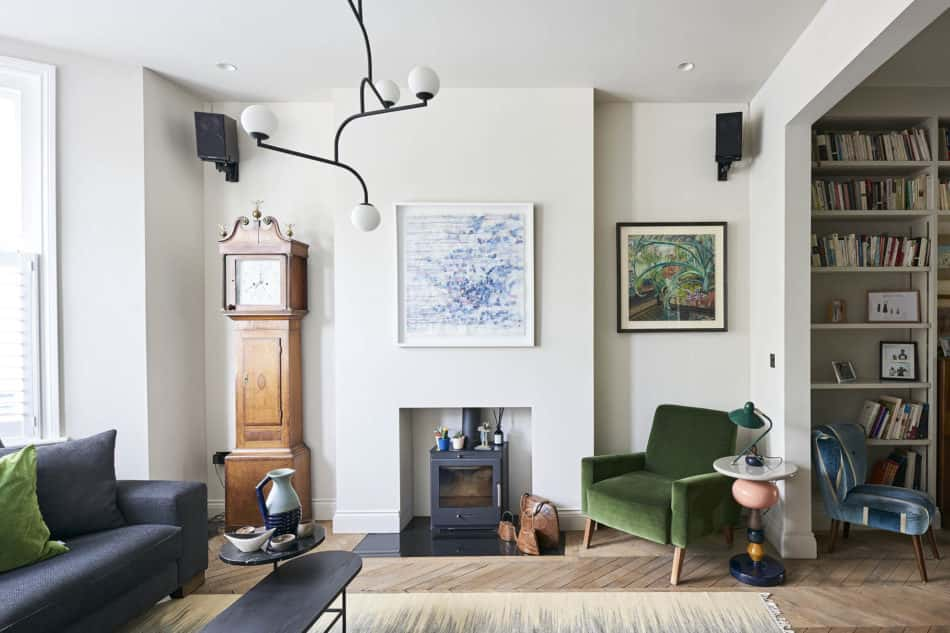
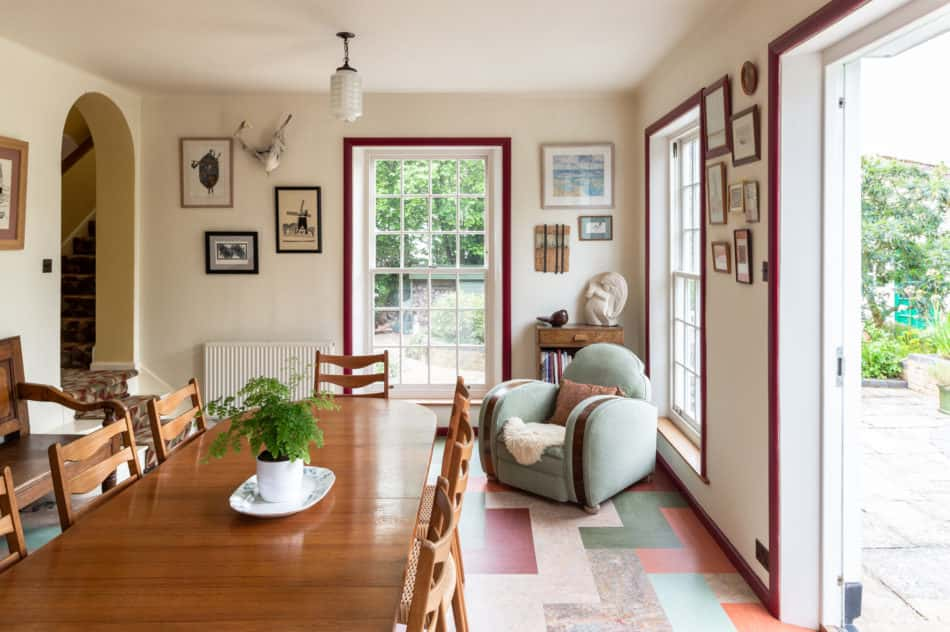
A recent visit to interior designer Beata Heuman’s eclectically-designed home had us taken with her liberal use of pattern, with details like squiggly wallpaper, floral fabrics, and an all-out garden pavilion forming an ocular spectacle of colour and shapes. If you want to follow suit, here’s some inspiration for how to use pattern at home.
Consider cloth
The easiest way to pattern-up your home interior is to buy some textiles or soft furnishings. Pillows, quilts, hangings and curtains can be switched out, rearranged or complemented by new additions with ease, and, for the crafty among you, can be repurposed later.
Take inspiration from the wall-hung quilt and indigo blue day bed cover at Lansdowne Crescent, a combination that shows how bolder, more intricate patterns can be paired with simple geometric designs in soft hues.
Over at The Modern House x Laura Fulmine Apartment, a statement bed throw comprised of irregular shapes of tactile fleece enlivens the otherwise pared-packed aesthetic. A similar tact has been taken at Dagmar Terrace, where a white-walled living room is enriched by a three-tone stripped rug, as well as an abstract artwork.
Material matters
Natural materials can be carved, turned and worked to comprise patterns of sorts, like the fluted detailing seen in the marble-clad wall and walnut kitchen island at The Bella Freud Apartment at Television Centre. Both materials have been ridged, imbuing their raw beauty with a pleasing textural flourish.
It’s what’s on the outside
Don’t think using pattern at home is confined to your interiors. Take inspiration from the Art Deco designs seen at Four Trees, where a zig-zag motif livens up the brick exterior, and the entrance to the Old Aeroworks, where block-colour tiles are arranged in linear runs. Haddo Yard provides an example of how such exterior expressions can be made in a modern context, with its handmade glazed tiles laid in geometric patterns providing the building’s striking visual identity.
Hit the floor
Unless you’re going for a smooth-finish option like poured concrete, you’re going to have to confront the question of how to lay tiles, wood or stone – even carpets present the question of pattern.
For guidance, look to the examples set by the bathroom at Canning Cross, for example, where a geometric cube pattern has been laid in restrained shades of grey, black and white so as not to be all-consuming. A similar approach has been favoured at First Avenue, where the arrangement of gently-hued tiles befits the pale raw plaster walls.
If opting for wood, herringbone is always a classic option, as seen at Chester Road, where reclaimed flooring from an 18th-century French chateau pervades the ground floor.
A go-hard-or-go-home approach to patterned floor is exhibited at Putnoe Lane, where tiles arranged in a zigzag pattern are matched by an equally decorative carpet running up the stairs, in keeping with the refined elegance of the Art Deco house.
